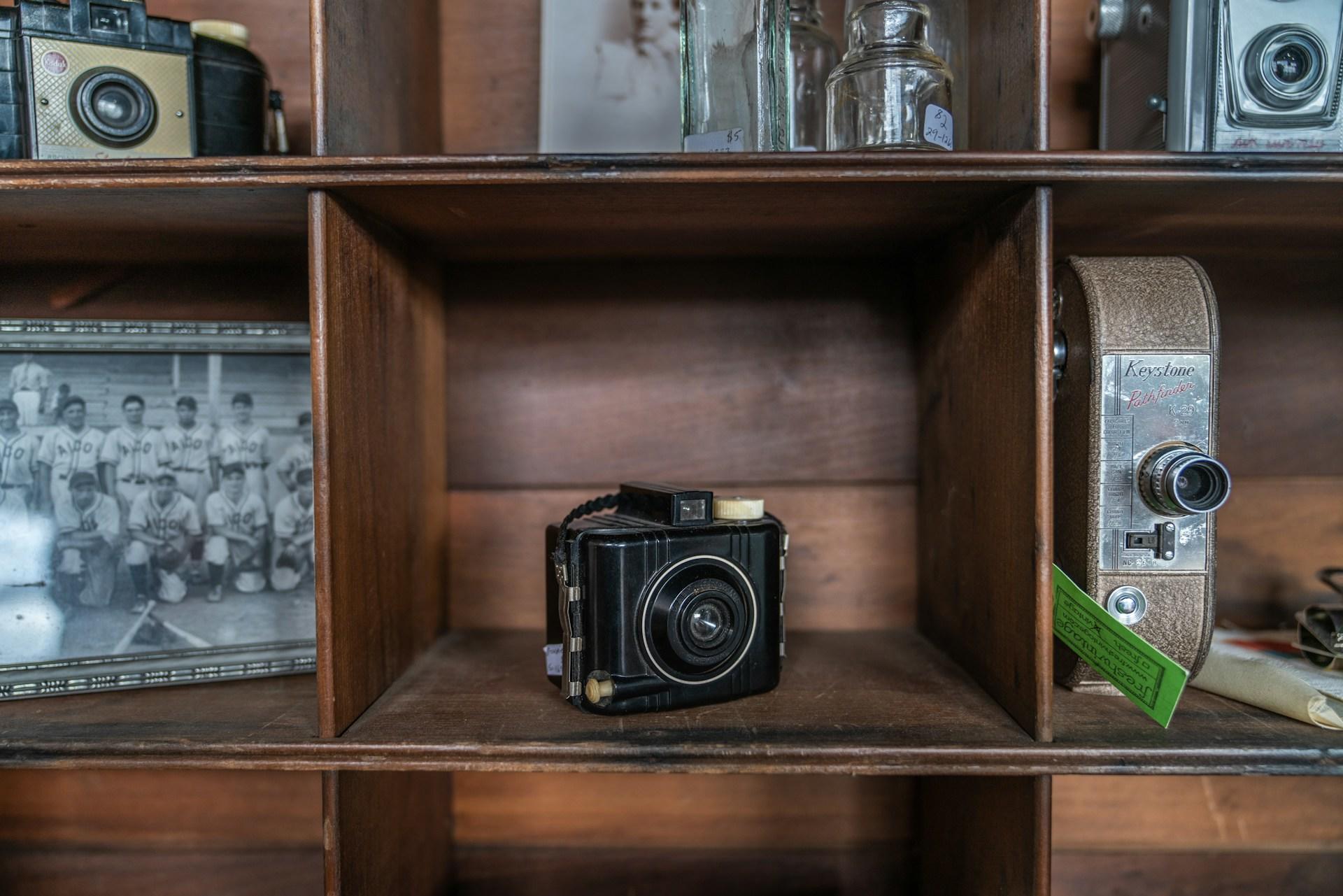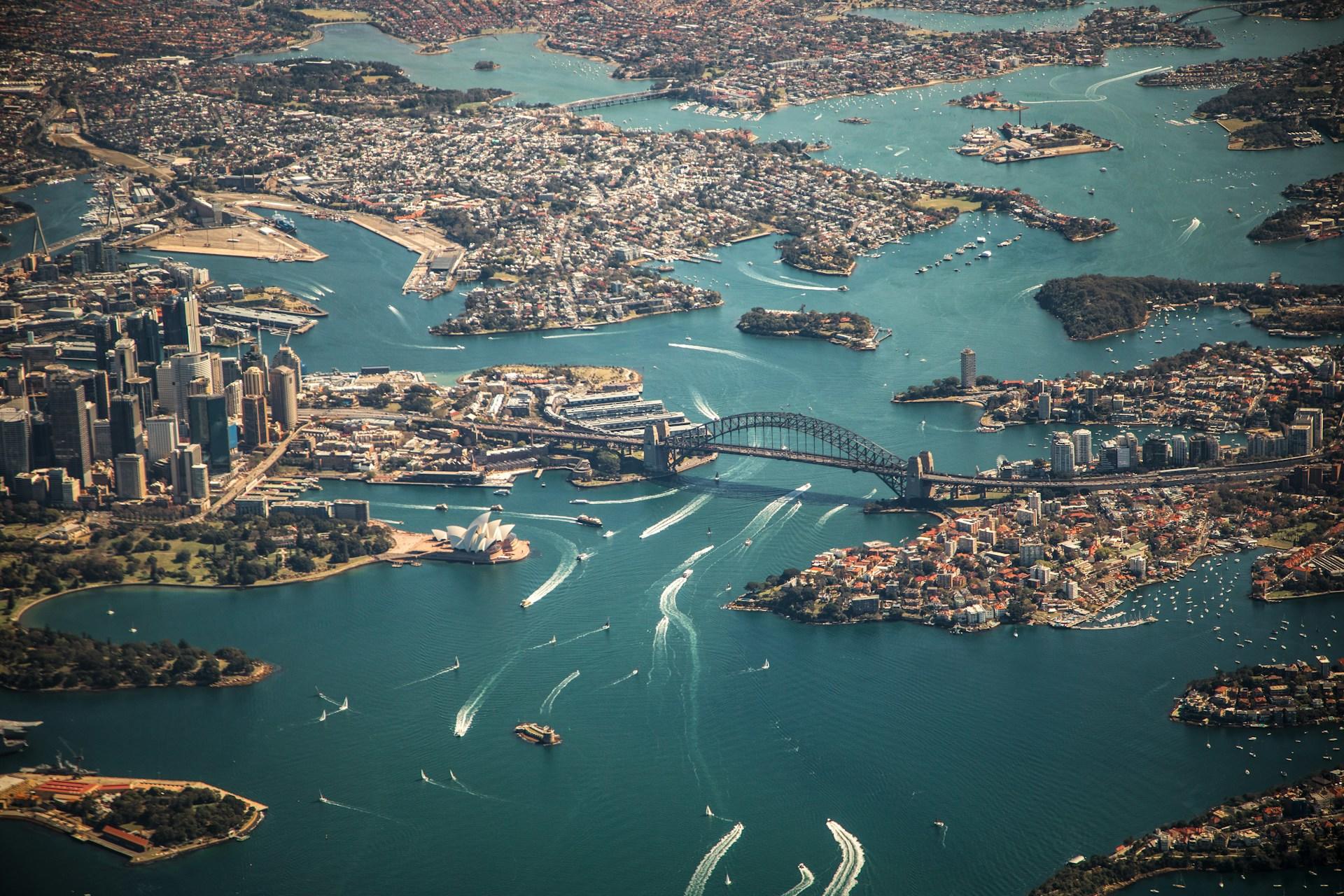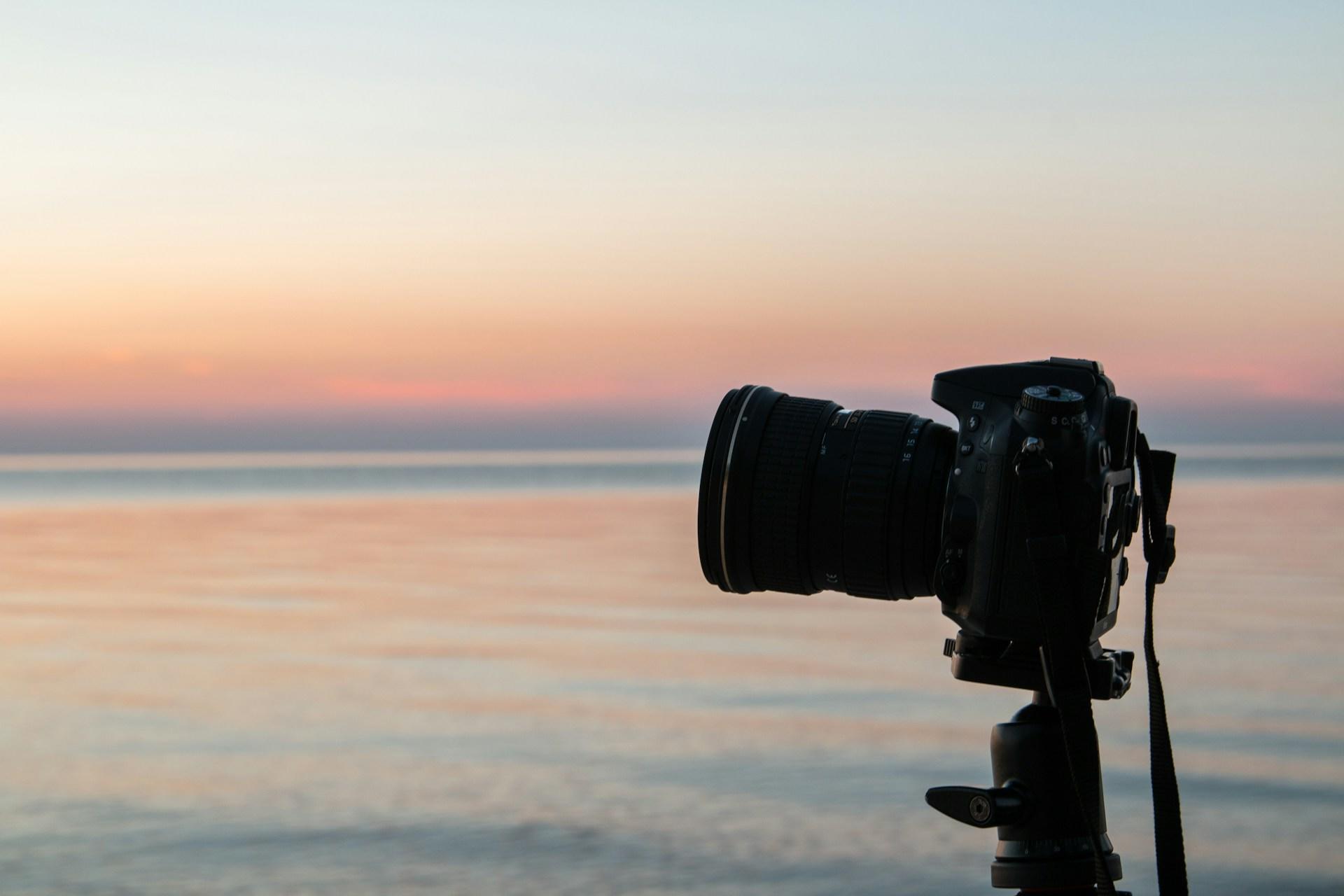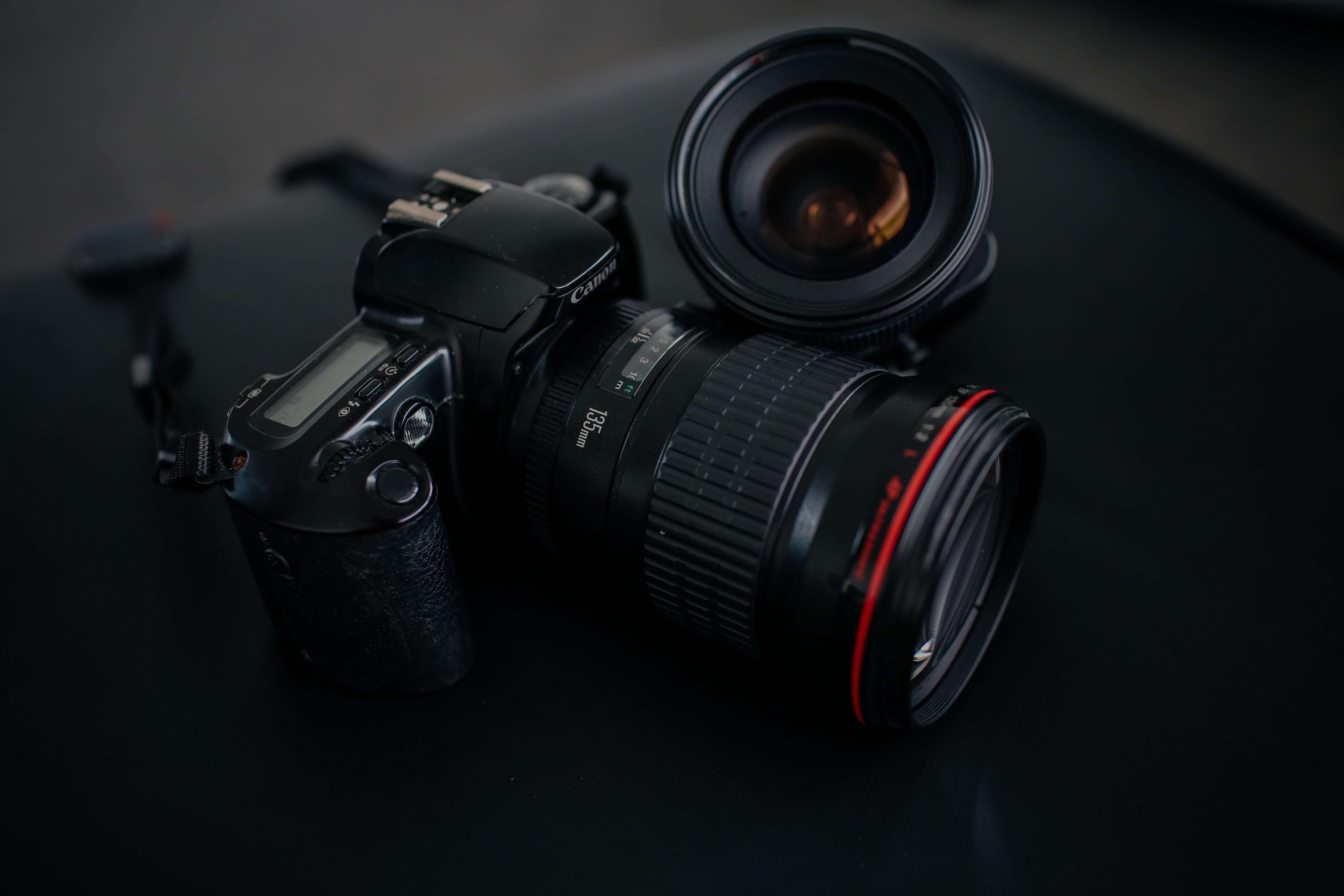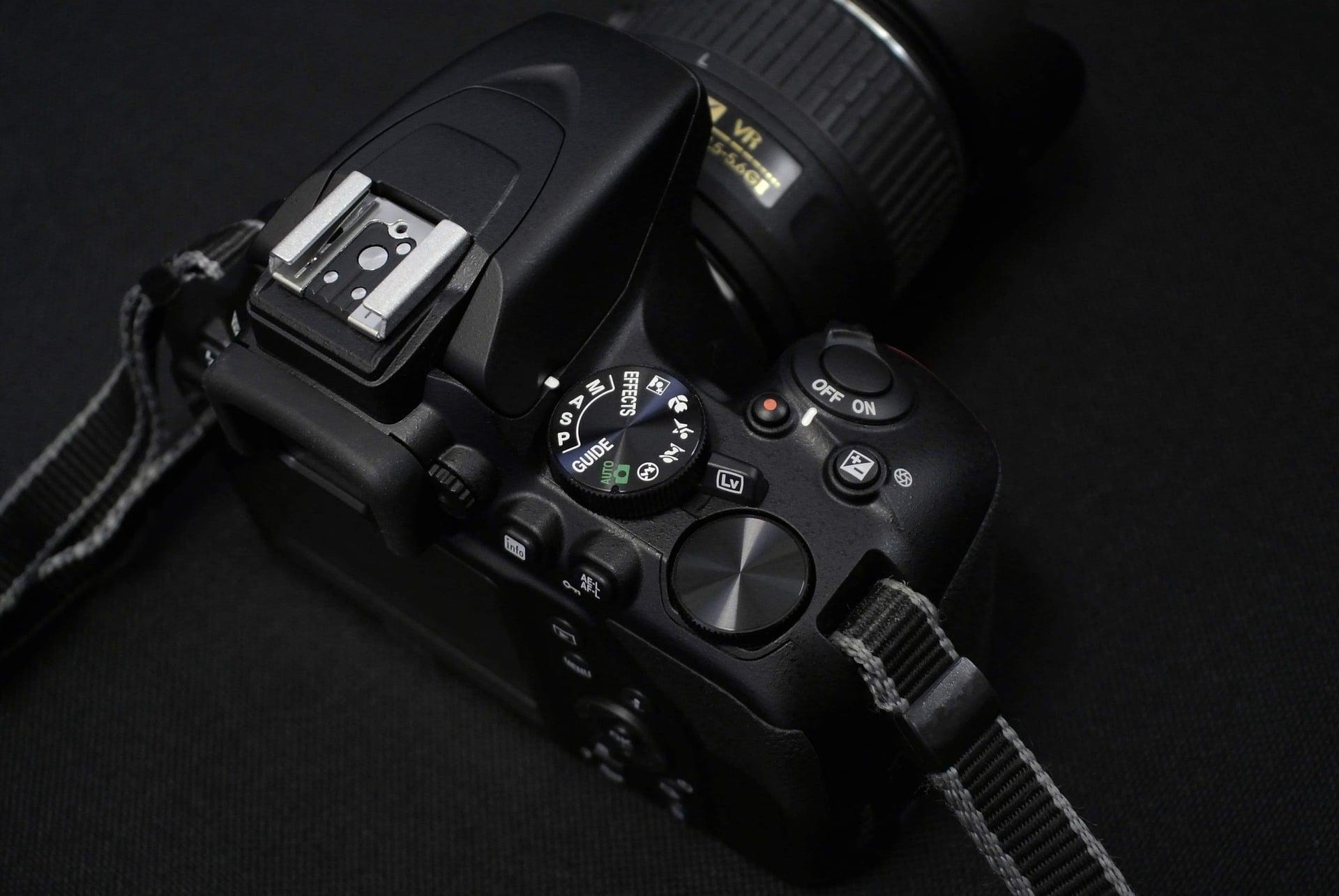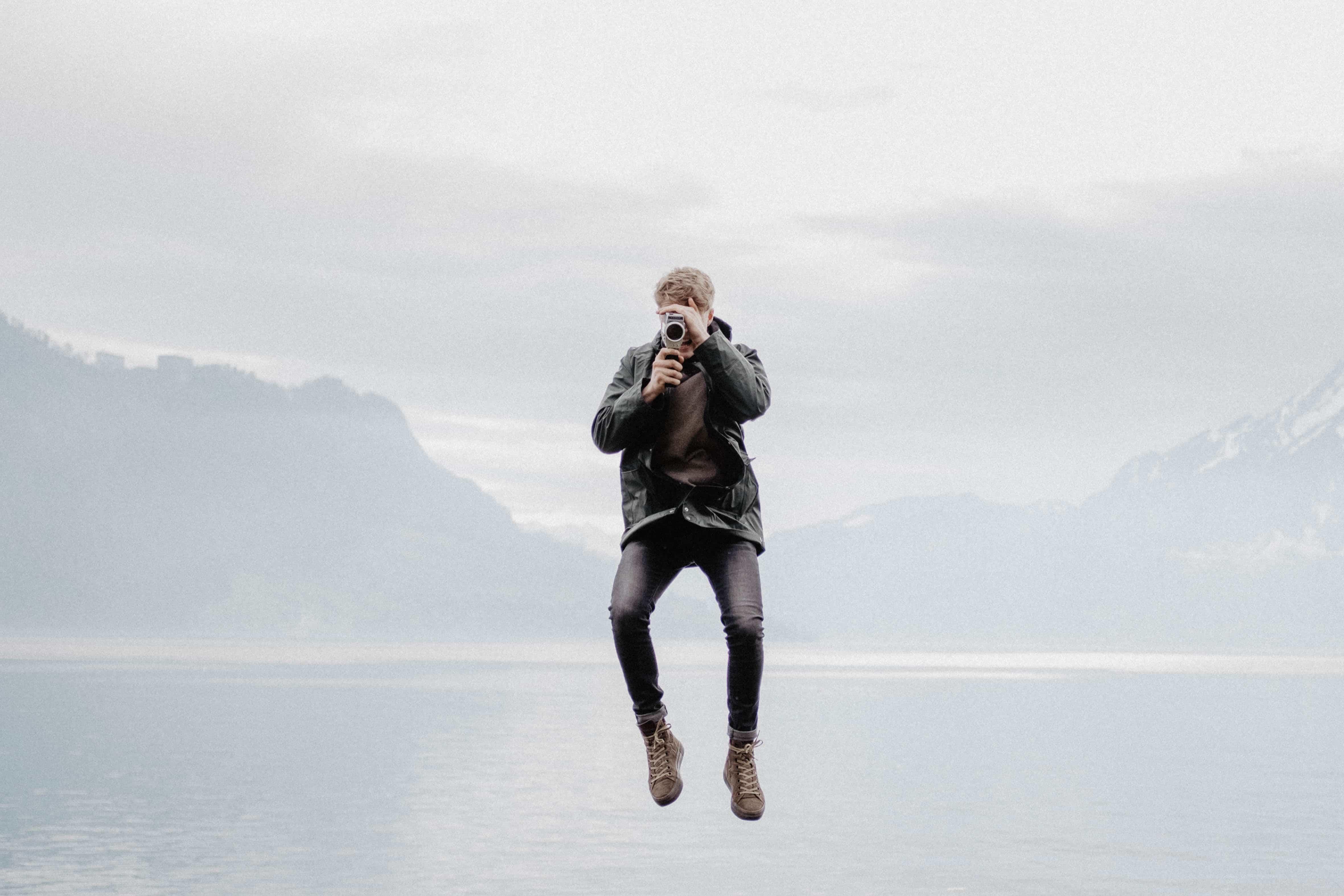In today's digital photography era, where smartphones boast high-resolution cameras and DSLRs offer unparalleled flexibility, it becomes easy to overlook the charm and significance of film cameras. However, for many photography enthusiasts and professionals alike, film cameras continue to hold a special place in their hearts. In this article, we will look into all of the different aspects of film cameras. From their history, types, mechanics, advantages, as well as their enduring appeal in today's community of photographers. Let's get started!
You don’t take a photograph, you make it.
Ansel Adams

What Is the History of Film Cameras?
The first signs of photography began long before the digital age, with the invention of the first practical photographic process in the early 19th century. However, it wasn't until the late 19th and early 20th centuries that the modern film camera as we know it today began to take shape. George Eastman's introduction of flexible film rolls in the late 1800s revolutionized photography, leading to the development of portable cameras such as the Kodak Brownie.
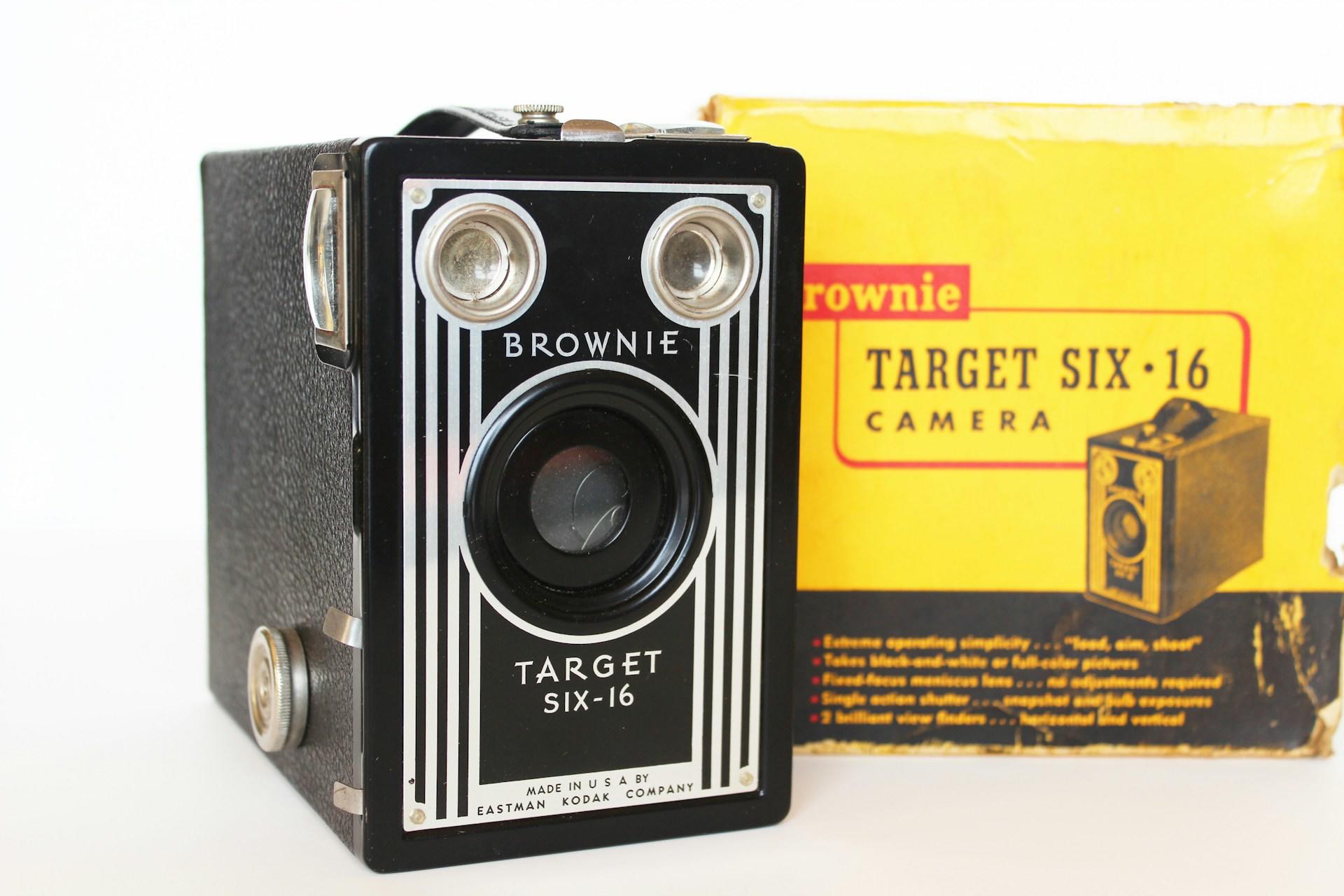
Over the years, film cameras evolved significantly in design, mechanics, and capabilities. From box cameras to rangefinders, SLRs (Single Lens Reflex) to medium format cameras, each new photographic era brought different innovations that each shaped the art and craft of photography. What are the different types of film cameras today?
The Different Types of Film Cameras Today
Film cameras can be categorized based on various criteria, including format, mechanism, and purpose. Here is a list of some common types! Let's take a look!
35mm SLR Cameras
These cameras feature a single lens and a mirror mechanism that allows the photographer to see through the lens via an optical viewfinder. They offer versatility and are widely used for various genres of photography.
Medium Format Cameras
These cameras use larger film formats than 35mm, resulting in higher image quality and greater detail. They are favored by professional photographers for studio work, portraits, and landscapes.
Rangefinder Cameras
Rangefinders use a different focusing mechanism than SLRs, typically employing a split-image rangefinder to measure distance. They are known for their compact size, quiet operation, and precise focusing.
Instant Cameras
Popularized by Polaroid, instant cameras produce self-developing prints shortly after taking a photo. While not as common as they once were, instant cameras continue to be popular thanks to their instant and printable photos, as well as their unique appeal.
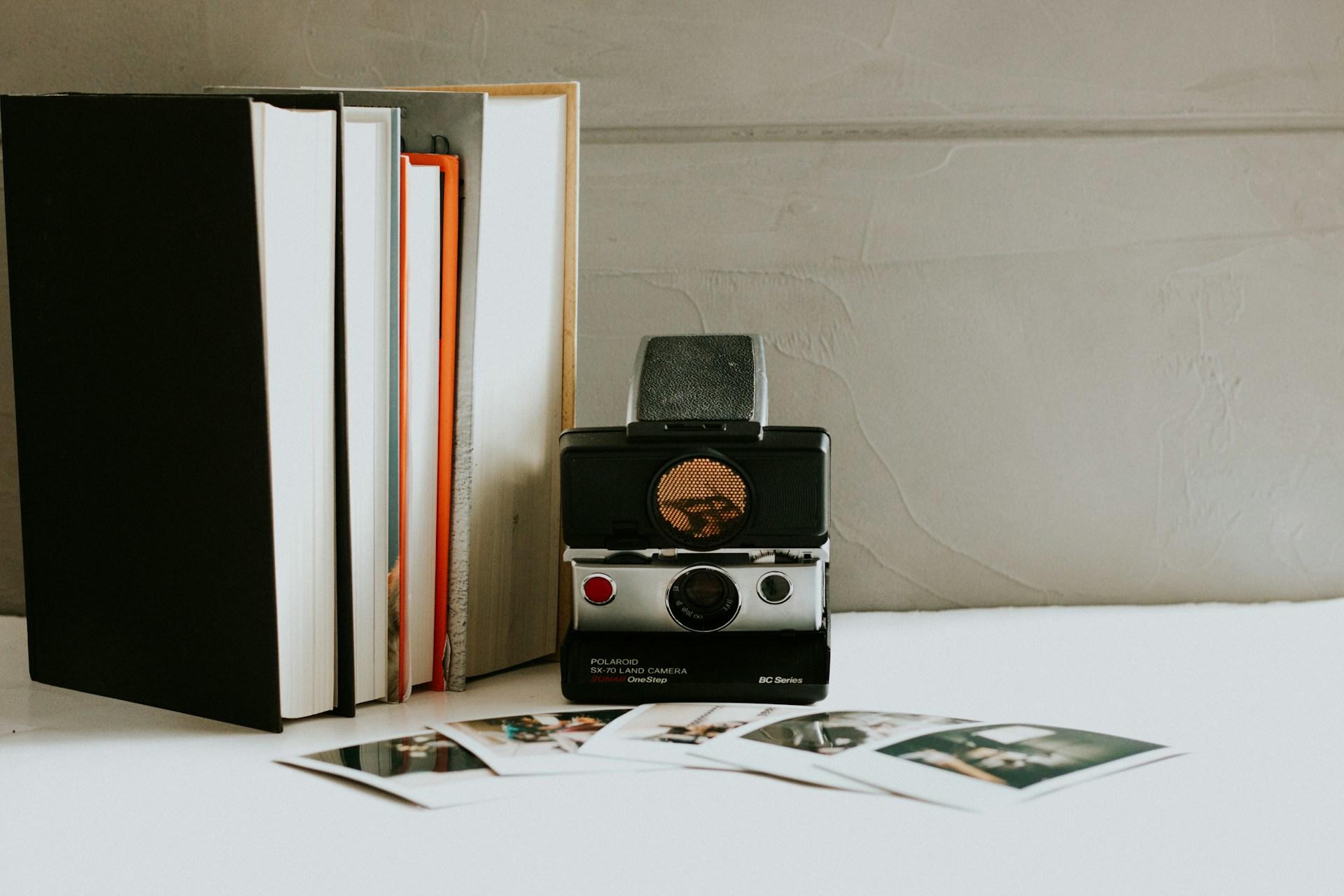
Let's now take a look at the mechanics of the film camera and it works!
All You Need to Know about the Mechanics of Film Cameras
Film cameras operate on a relatively simple principle: light enters through the lens, exposing the film, which captures the image. The film is then developed, producing a physical photograph. Here are some key components of a film camera.
Shutter
The shutter controls the duration of exposure, regulating the amount of light that reaches the film. It opens and closes at precise intervals determined by the photographer's settings.
Lens
The lens focuses light onto the film, determining factors such as sharpness, depth of field, and perspective.
Bokeh refers to the aesthetic quality of the out-of-focus areas in a photograph. It's characterized by smooth, blurred backgrounds or foregrounds that create a pleasing visual effect, often used to draw attention to the subject of the photo.
Film Advance Mechanism
After each exposure, the film must be advanced to the next frame for the next shot. Different cameras employ various mechanisms for this purpose, such as manual winding or motorized drives.
Viewfinder
The viewfinder allows the photographer to compose the image and frame the shot. Depending on the type of camera, the viewfinder can be optical or electronic!
Now, why opt for film cameras? Here are a few reasons why!

What Are the Advantages of Film Cameras?
Despite the popularity of digital photography, film cameras offer several unique advantages that continue to attract photographers. What are they?
Image Aesthetics
Film has a distinct aesthetic appeal characterized by rich colors, fine grain, and subtle tonal transitions. Many photographers prefer the organic look of film over the often clinical appearance of digital images.
Tactile Experience
Using a film camera involves a tactile and immersive photographing experience, from loading the film to manually advancing frames. There's a sense of craftsmanship and connection to the photographic process that digital cameras sometimes lack. Some compare film and digital cameras to driving a manual vs. an automatic car!
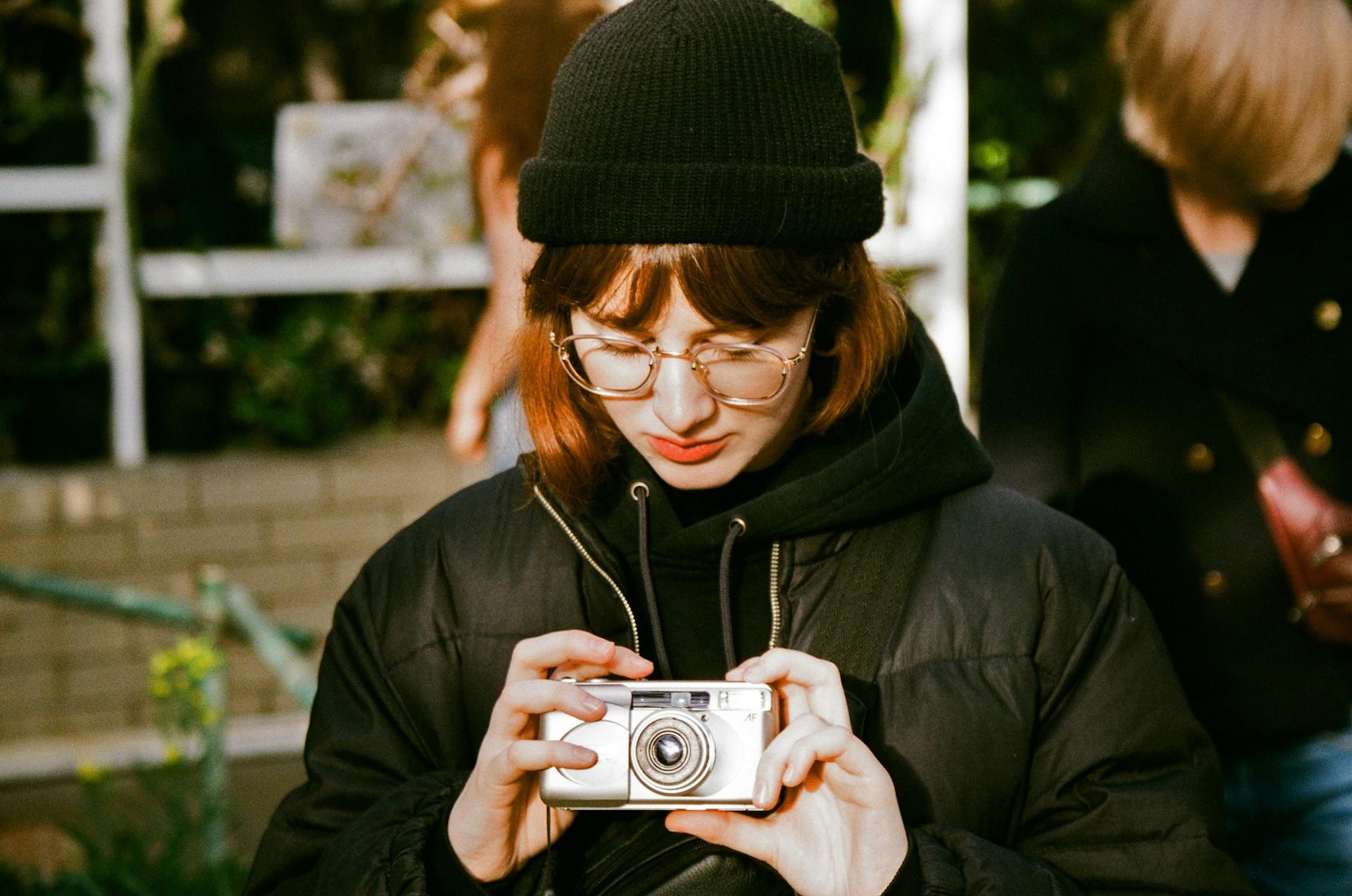
Limitations Leading to Creativity
Because film has limitations like a set number of shots per roll and no instant preview, photographers are encouraged to be careful and intentional when taking pictures. This can lead to more considered compositions and a deeper understanding of photography fundamentals.
Historical Significance
Film photography has a rich history spanning more than a century. For many photographers, shooting with a film camera is a way to connect with this heritage and pay homage to the pioneers of film photography.
Why the Sudden Modern Resurgence of Film Cameras?
While digital photography dominates the mainstream market today, there has been a notable resurgence of interest in film cameras among photographers of all ages. This resurgence can be attributed to several different factors.
Nostalgia
Many photographers fondly remember their first experiences with film cameras and seek to recapture the nostalgia of shooting with film.
Artistic Expression
Film's unique characteristics and limitations offer a distinct avenue for artistic expression. Photographers are drawn to film for its ability to translate mood, emotion, and atmosphere in ways that digital images sometimes struggle to replicate.
Community and Culture
The film photography community is active and passionate, with online forums, social media groups, and local meetups dedicated to the craft. This sense of community fosters collaboration, inspiration, and shared learning experiences.
Educational Value
Learning photography with a film camera can be an invaluable educational experience. The constraints of shooting film encourage photographers to further develop their technical skills, as well as a deeper understanding of exposure, composition, and light.
A Few Practical Tips for Shooting with Film Cameras
For those new to film photography or looking to refine their skills, here are some tips to enhance your shooting experience!
Start with a Simple Camera
Begin with a basic, manual camera to learn the fundamentals of exposure, focusing, and composition without being overwhelmed by advanced features.
Experiment with Different Films
Film selection plays a very important role in shaping the look and feel of your images. Experiment with various film stocks to discover your preferences in terms of color rendition, contrast, and grain.
Master Manual Exposure
Unlike digital cameras, film cameras do not have built-in light meters. Learning to read light and adjust exposure settings manually is essential for achieving well-exposed images.
The Key: Patience and Practice
Shooting with film requires patience and practice. Embrace the learning process, accept mistakes as part of the learning curve, and strive to improve with each roll of film. You can do this!
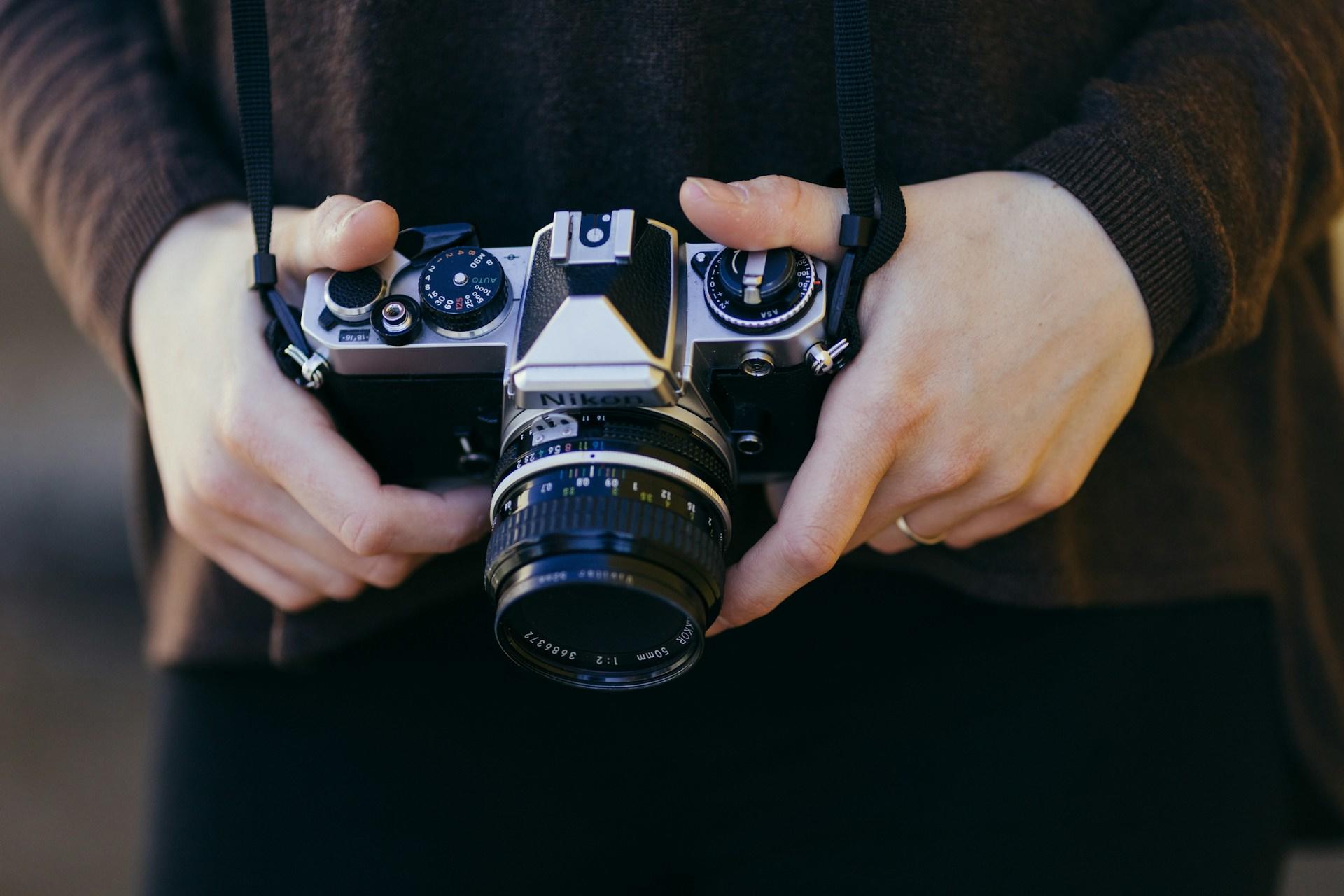
Film cameras, though old-fashioned compared to digital ones, are still loved by photographers who value their artistry, craftsmanship, and nostalgic charm. Trying film photography, no matter your skill level, can expand your creative options and make you love the classic art of capturing light and shadow on film even more.
In a world where technology advances at a rapid pace, film cameras serve as a reminder of the enduring power and beauty of analog photography. So, either go shopping or simply dust off that old camera sitting on your shelf, load up a roll of film, and start looking through the lens of a film camera!
Why Not Learn Film Photography With Superprof and Its Great Tutors!
Learning film photography with Superprof in Australia offers a great opportunity for individuals to discover the captivating world of film under the guidance of experienced and passionate instructors. Superprof provides access to an online network of skilled and passionate photography tutors who specialize in film photography. One of the primary reasons to learn film photography with Superprof is the personalized and adapted attention and guidance provided by expert instructors to their students.
Whether you're a beginner looking to grasp the basics of film photography or an experienced photographer seeking to refine your techniques, Superprof's qualified tutors offer customized lessons designed to help you achieve your goals and unlock your creative potential.
Additionally, learning film photography with Superprof allows students to benefit from the flexibility and convenience of online or in-person lessons. With a diverse pool of tutors located across Australia, students can choose instructors based on their location, availability, and teaching style, ensuring a seamless learning experience tailored to their preferences.

